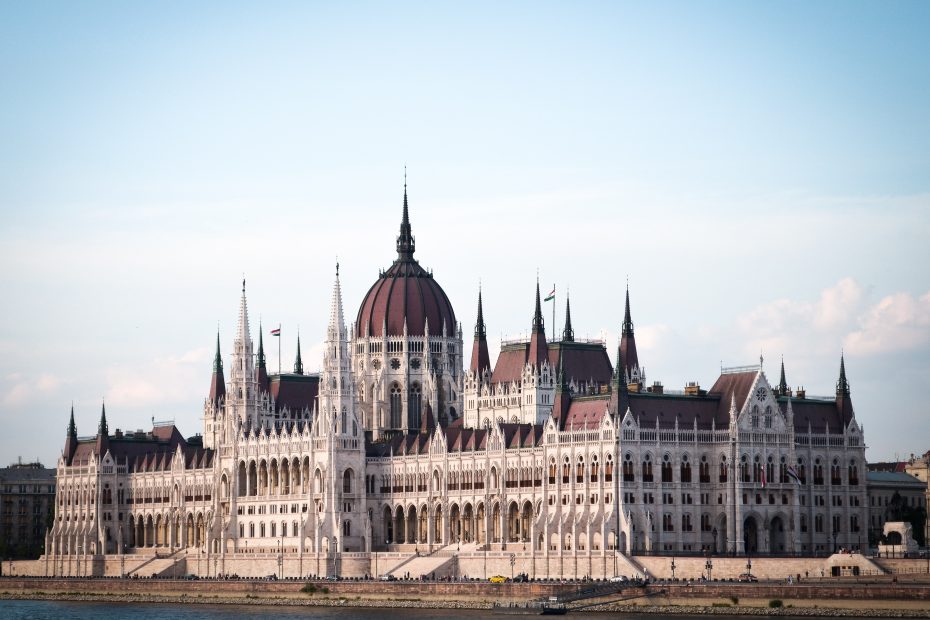Hungary is a country with a long and storied past situated in the heart of Central Europe. Throughout its complex history of invasion and occupation, Hungary has developed a distinct culture and iconic architectural landmarks across its cities and countryside. From Budapest’s grand edifices to medieval castles dotting the Danube Bend, a journey through modern-day Hungary is truly a voyage through the sands of time.
Table of Contents
Introduction
The land that is now Hungary has been inhabited since the Stone Age, with the Magyar tribes establishing control in the 10th century AD. After centuries of warfare with the Mongols and Ottomans, Hungary came under Habsburg rule for over 300 years until the Austro-Hungarian Empire was dissolved after World War I. Hungary then became an independent republic until Nazi occupation, eventually leading to Soviet communist rule until the 1989 revolution.
Despite its tumultuous past, Hungary has nurtured a unique culture. Hungarian folk art is among the most sophisticated in Europe, with highly decorative embroidery, pottery, and leatherwork. Hungary also has made substantial contributions to fields like mathematics, chemistry, and technology. Musically, Hungary is the birthplace of renowned composers like Franz Liszt, Bela Bartok, and Zoltan Kodaly.
Architecturally, various occupations have left their mark on Hungary in the form of medieval fortresses, Baroque palaces, Art Nouveau bathhouses, and Soviet-era buildings. Cities like Budapest and countryside towns all dazzle visitors with a diverse array of designs today. From the eclectic capital to rustic villages, a journey through Hungary offers the chance to step back in time.
Budapest – The Majestic Capital
No trip to Hungary is complete without visiting Budapest. Straddling the Danube River, the capital is famed for its dramatic cityscape with Buda on one bank and Pest on the other. Architecturally, Budapest presents a medley of styles from its eventful history.
The medieval Buda Castle stands proudly atop Castle Hill, housing the National Gallery and Budapest History Museum today. Nearby is the late Gothic-style Fisherman’s Bastion, offering sweeping views of Pest from its neo-Romanesque turrets.
In Pest, the towering Hungarian Parliament Building dominates the skyline with its iconic Neo-Gothic facade. Another top landmark is St. Stephen’s Basilica, featuring striking architecture and Hungary’s largest church bell. After touring Budapest’s highlights, travelers can unwind in the city’s famous thermal baths like the 16th-century Király Baths.
Countryside Wonders
Beyond the capital, Hungary’s countryside holds some of the nation’s most enchanting historic architecture. The Northern Uplands region is home to gems like Eger, where colorful Baroque buildings line the streets. Eger is also famous for its medieval castle and surrounding wine region.
In Southern Transdanubia, Pécs dazzles visitors with Turkish architecture and an Early Christian burial complex listed as a UNESCO World Heritage Site. Nearby, the town of Sopron captivates with medieval churches and 16th-century homes in its pedestrian-friendly old town.
No trip through Hungary is complete without a stop at Lake Balaton, Central Europe’s largest lake. Quiet villages like Balatonfüred and Tihany dot the lakeshore, each with unique sites and vantage points of the water.
Unique Traditions
In addition to its architecture and scenery, Hungary has traditions that showcase the country’s living culture. Folk art is a point of pride, apparent in the intricate patterns of embroidery and ceramics found throughout the country.
Music and dance play a major role, reflected in national dances like the csárdás performed at festivals. Culinary traditions also help define Hungary, from spicy paprika-infused stews to sweet desserts like Dobos torte. Of course, Hungarian wine varietals like Tokaji are not to be missed!
Looking to the Future
While Hungary proudly preserves its past, the country also continues evolving. A growing tourism industry makes Hungary’s history increasingly accessible to visitors from around the world. Revitalization projects in Budapest and heritage sites breathe new life into historic landmarks.
An emerging contemporary arts scene based in “Ruin Pubs” and design festivals point to Hungary’s future without losing connection to its roots. The country balances celebrating its storied history while moving forward as a reinventing society.
Conclusion
From modern-day Budapest to rustic villages, Hungary offers an unforgettable journey through time with its diversity of architecture and cultural traditions. Fortresses, churches, thermal baths and more invite travelers to step back into Hungary’s varied history as an intersection of cultures.
The unique spirit of the Hungarian people perseveres in artistic traditions, music, cuisine and customs – the rich cultural heritage of a captivating country to explore. A visit to Hungary creates vivid memories to last a lifetime.
FAQs
What are some top things to do in Budapest?
Some top activities in Budapest include visiting Buda Castle, taking in panoramic views along the Danube at Fisherman’s Bastion, touring the Hungarian Parliament building, seeing St. Stephen’s Basilica, and relaxing at the city’s thermal baths and spas.
What is Hungary’s folk art known for?
Hungarian folk art is renowned for its elaborate floral embroidery, pottery with folk motifs, colorful hand-painted porcelain and distinctive embroidery styles like matyó.
What foods and drinks is Hungary famous for?
Hungary is known for dishes like goulash, chicken paprikash, stuffed cabbage, and kürtőskalács pastries. Hungarian wines like Tokaji and Egri Bikavér are also popular.
How can I experience traditional music and dance?
Festivals like the Budapest Spring Festival showcase lively Hungarian folk dances like the csárdás. Many restaurants feature Hungarian gypsy music and dance performances.
What is a top day trip from Budapest?
Top day trips from Budapest include Lake Balaton for swimming and watersports, the Danube Bend for medieval architecture, and the Great Plain to experience Hungary’s puszta heartland. Eger and Sopron also make great day trips.
